Results
-
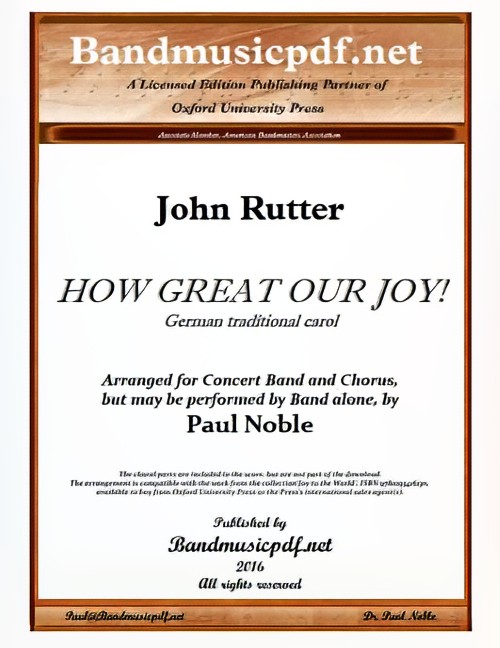 £75.00
£75.00How Great Our Joy! (Concert Band with Optional Choir - Score and Parts) - Rutter, John - Noble, Paul
How great our joy! is a traditional German carol which has been interpreted by John Rutter and arranged for combined Concert Band and Chorus by Paul Noble. The piece may be performed also by band alone. The piece is relatively easy to perform, straightforward with four verses and no key changes.
Estimated dispatch 7-14 working days
-
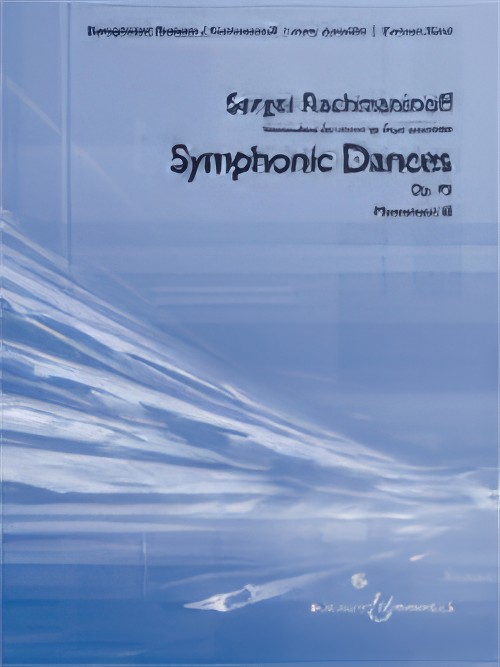 £395.00
£395.00Symphonic Dances Op.45 Mvt.3 (Concert Band - Score and Parts) - Rachmaninoff, Sergei - Lavender, Paul
Paul Lavender arranged the third movement (Allegro Assai) of the popular Symphonic Dances by Sergey Rachmaninoff for wind orchestra. He successfully managed to apply the original's dynamics and drama to the wind orchestra.
Estimated dispatch 7-14 working days
-
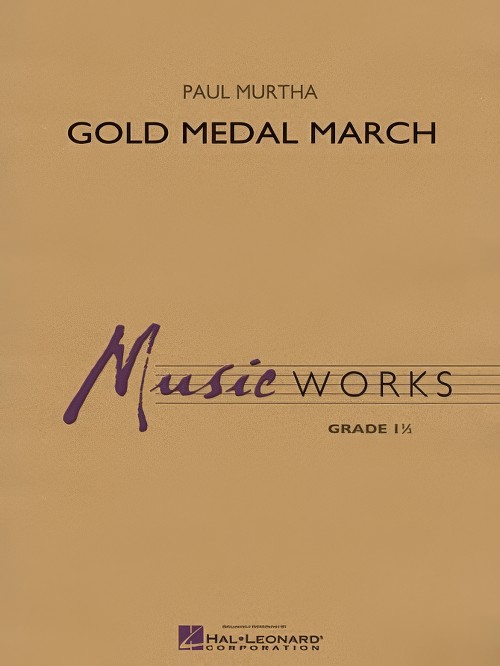 £42.50
£42.50Gold Medal March (Concert Band - Score and Parts) - Murtha, Paul
Here Paul Murtha masterfully adapts the traditional military march form for young musicians. The first strain is carried by trumpets and upper woodwinds, while the low brass take the lead on the second strain. After a brief percussion break, the legato trio melody features the woodwind section. A "call and response" breakstrain is followed by the full band on the rousing finish. Keep the march alive with this marvellous piece!Duration: 2:50
Estimated dispatch 7-14 working days
-
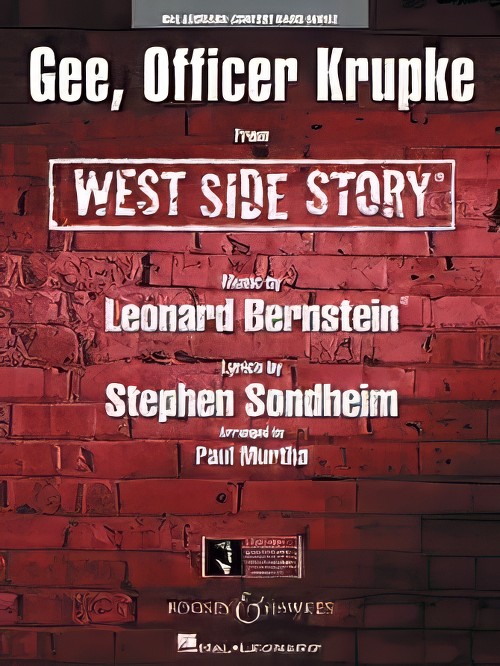 £72.99
£72.99Gee, Officer Krupke (from West Side Story) (Concert Band - Score and Parts) - Bernstein, Leonard - Murtha, Paul
Sung by the Jets gang in Bernstein's West Side Story, this familiar song is filled with energy and rambunctious humour. With the melodic phrases being bounced from section to section, this clever adaptation by Paul Murtha is a great way to liven up the concert stage.
Estimated dispatch 7-14 working days
-
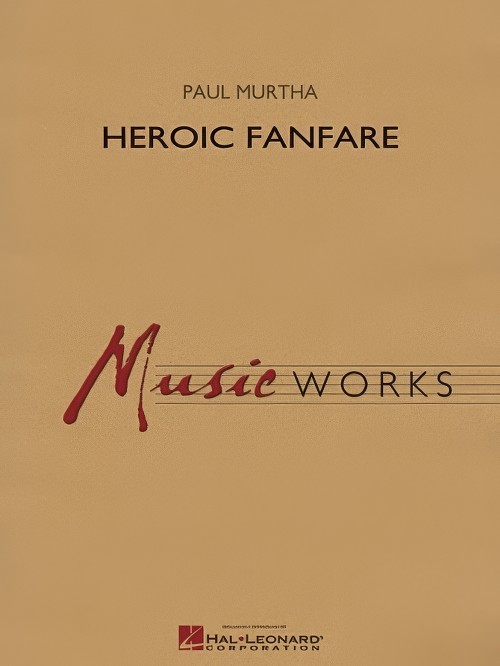 £60.99
£60.99Heroic Fanfare (Concert Band - Score and Parts) - Murtha, Paul
Originally composed for the acclaimed U.S. Army Band Herald Trumpets, Paul Murtha's dramatic fanfare pays tribute to the heroic men and women of the New York City Fire Department who lost their lives in 2001.Duration: 1:00
Estimated dispatch 7-14 working days
-
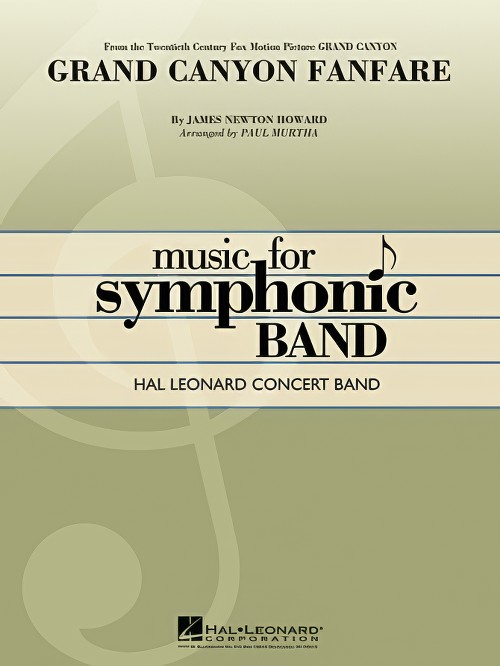 £72.99
£72.99Grand Canyon Fanfare (Concert Band - Score and Parts) - Howard, James Newton - Murtha, Paul
James Newton Howard composed this dynamic fanfare for the closing segment of the 1993 movie Grand Canyon (starring Danny Glover, Kevin Kline and Steve Martin). The film is now largely forgotten, however the music remains a vibrant and powerful statement and a very effective concert opener. Skilfully adapted by Paul Murtha with heroic brass figures, woodwind flourishes, and thundering percussion.
Estimated dispatch 7-14 working days
-
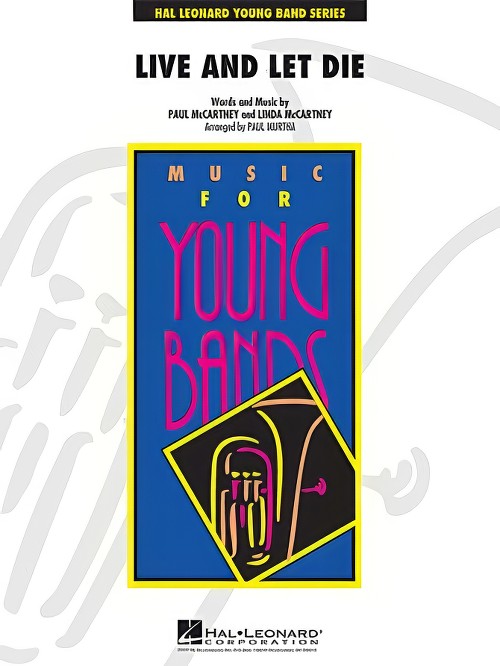 £57.50
£57.50Live and Let Die (Concert Band - Score and Parts) - McCartney & McCartney - Murtha, Paul
Of all the James Bond movies through the years, Live and Let Die, recorded by Paul McCartney and Wings, provided one of the most dynamic and powerful theme songs. Mixing a variety of styles from pop ballad, reggae, to driving rock, this explosive arrangement will light up any concert stage.
Estimated dispatch 7-14 working days
-
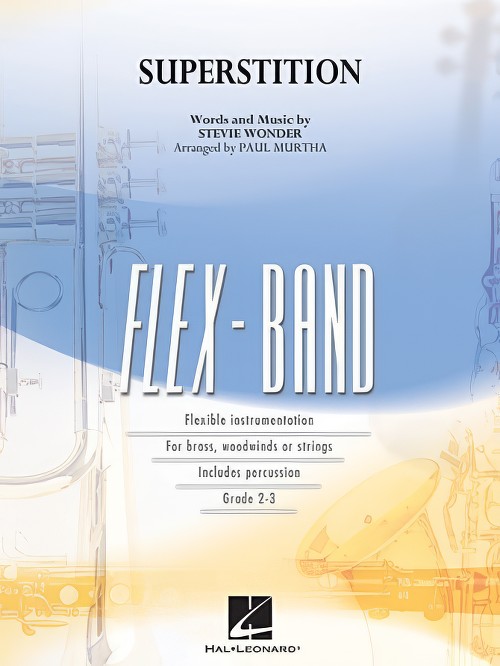 £60.99
£60.99Superstition (Flexible Ensemble - Score and Parts) - Wonder, Stevie - Murtha, Paul
Stevie Wonder's hit from 1973 remains as fresh-sounding as ever. Paul Murtha's version for flexible instrumentation features a funky groove and all the signature riffs.
Estimated dispatch 7-14 working days
-
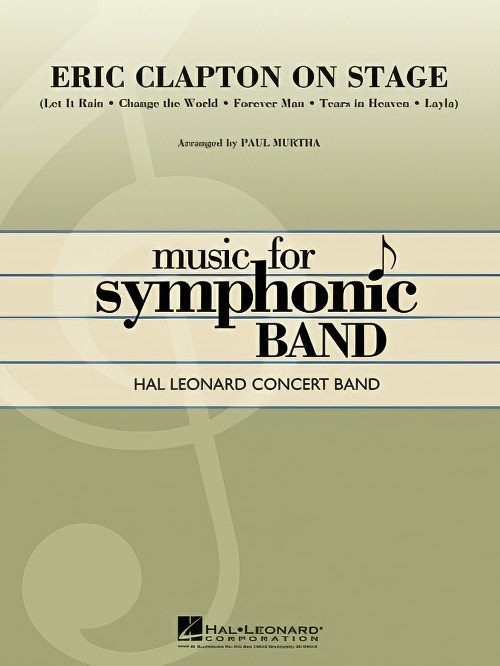 £76.99
£76.99Eric Clapton on Stage (Concert Band - Score and Parts) - Murtha, Paul
Inducted into the Rock and Roll Hall of Fame in 2000, Eric Clapton is considered one of the most influential guitarists of all time, and his impressive string of hits spans four decades. In this terrific medley for band, Paul Murtha brings Eric Clapton's signature songs to the concert stage.Includes:Change the WorldForever ManLaylaLet It RainTears in Heaven
Estimated dispatch 7-14 working days
-
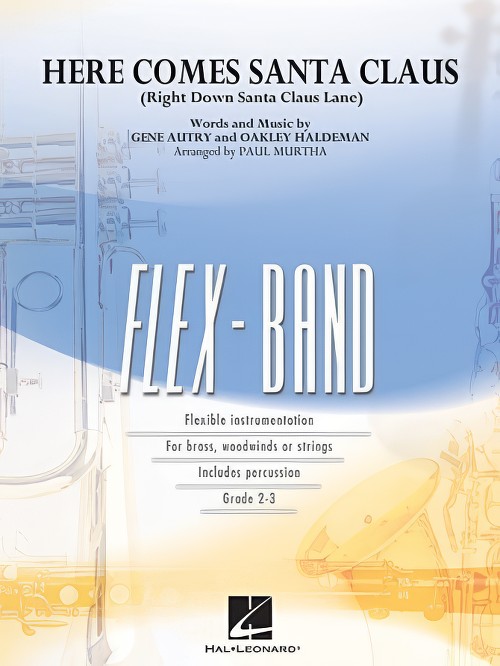 £54.99
£54.99Here Comes Santa Claus (Right Down Santa Claus Lane) (Flexible Ensemble - Score and Parts) - Autry & Haldeman - Murtha, Paul
Paul Murtha puts a unique spin on this familiar Christmas tune using a mix of styles from two-beat, to rock shuffle, to straight-ahead swing. Every part gets a chance to play the melody in this entertaining and festive arrangement.
Estimated dispatch 7-14 working days
